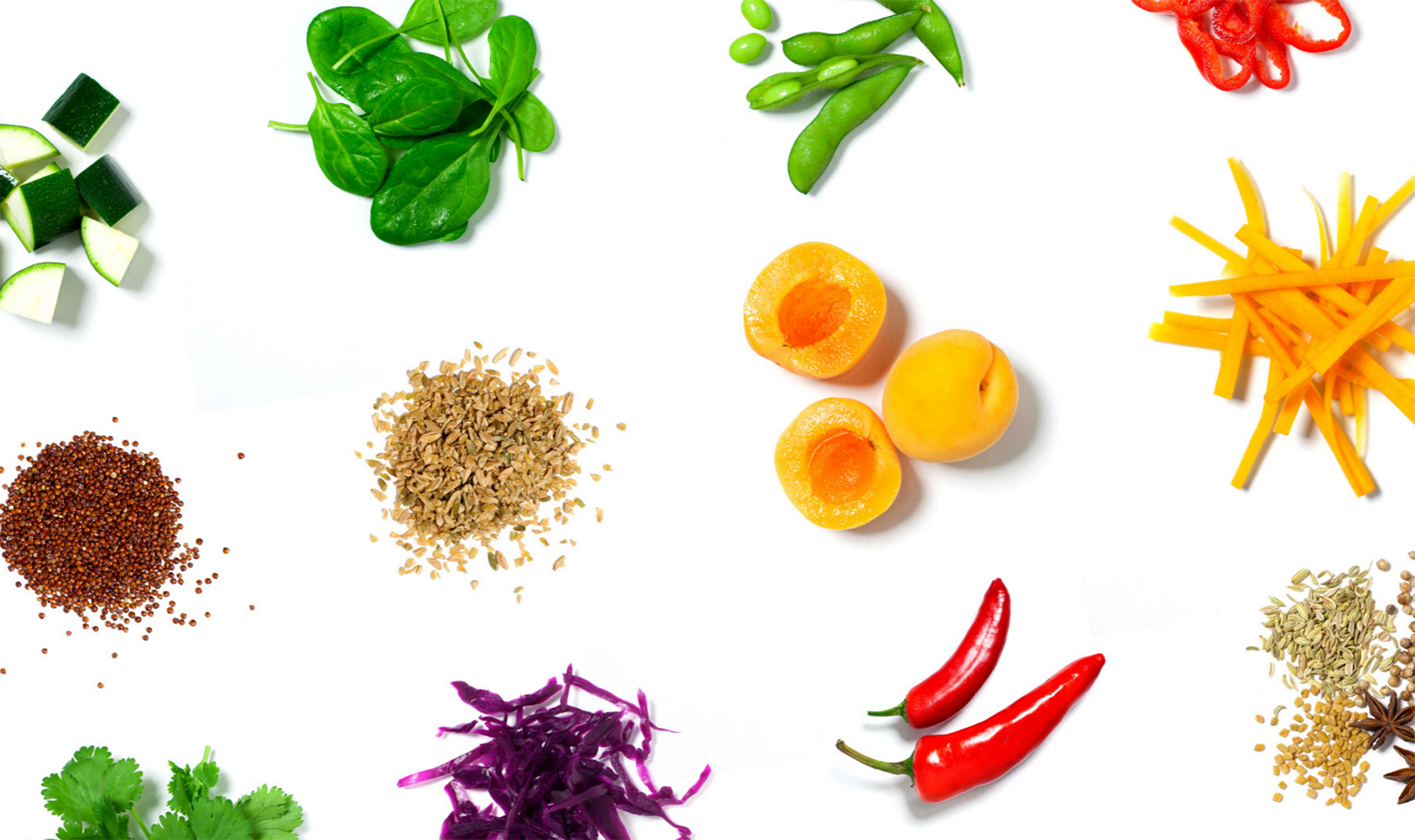If you’re like me, a shiver ran down your spine when you saw the crawling image above.
Insects. Something doesn’t sit right when you think about sprinkling salt and pepper on the little fellas and popping them on the hob. Fact is, people have been gorging on insects for thousands of years. Today, the food trend continues as approximately 2 billion people regularly eat insects as part of their diet. Maybe you’re one of them.

Rumour has it, ants are sweet and nutty, stinkbugs have an apple flavour, red agave worms are spicy and you can make margarita from mealworms. In fact, this food trend means you can pop into Wahaca and find grasshoppers on the menu. It’s said that eating insects is surprisingly tasty. It even has it’s own word: entomophagy.
Perhaps to your surprise, you’ve most likely eaten insects already. Items like broccoli, canned tomatoes and beer hops all contain insect fragments and sometimes even whole insects. A cup of raisins can make its way onto the shelf with 33 fruit fly eggs in it. FDA Defect Levels Handbook has set restrictions on insect contamination, meaning on average people only consume an estimated one or two pounds of flies, maggots and other insects each year without knowing it, according to Layla Eplett, Scientific American Guest Blog.


If you fancy something with a bit more substance, the fitness industry already has a range of insect edible items like energy bars, protein shakes and soups. Why? Because insects contain up to triple the amount of protein than a sirloin steak and double the protein of chicken.
Unlike their protein content, the global footprint of insects is small. To produce the same ratio of meat as cattle, insects need a quarter less feed: small footprint. Compared to other livestock production, producing insects creates less greenhouse gases such as methane and ammonia. You can also store insects on mass within a small proximity, making the production of our little insect buddies very efficient.
Each year, 70 million people are added to the population. If that continues, by 2050 the population could reach 9 billion. With this increase in population, more diseased crop, more effects from climate change and less space for livestock to roam; the question remains… what does eating protein look like in the future?
The fact is, we don’t know enough about the environmental impact of insect farming, there could be other effects that are unknown at this point. But perhaps we’ve said enough for you to consider ordering a plate of grasshoppers instead of fries? Perhaps you’ll consider joining the food trend that serves the greater good of world sustainability? Perhaps. Crunch crunch.


